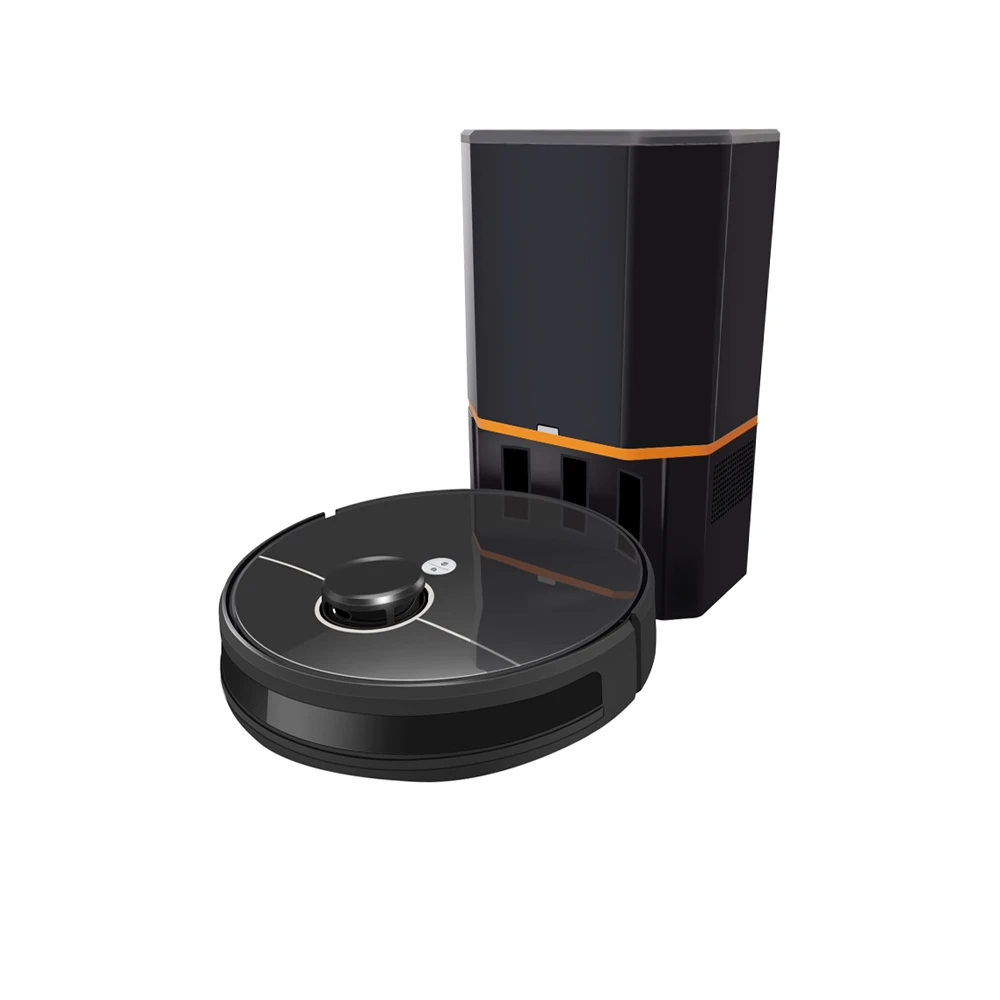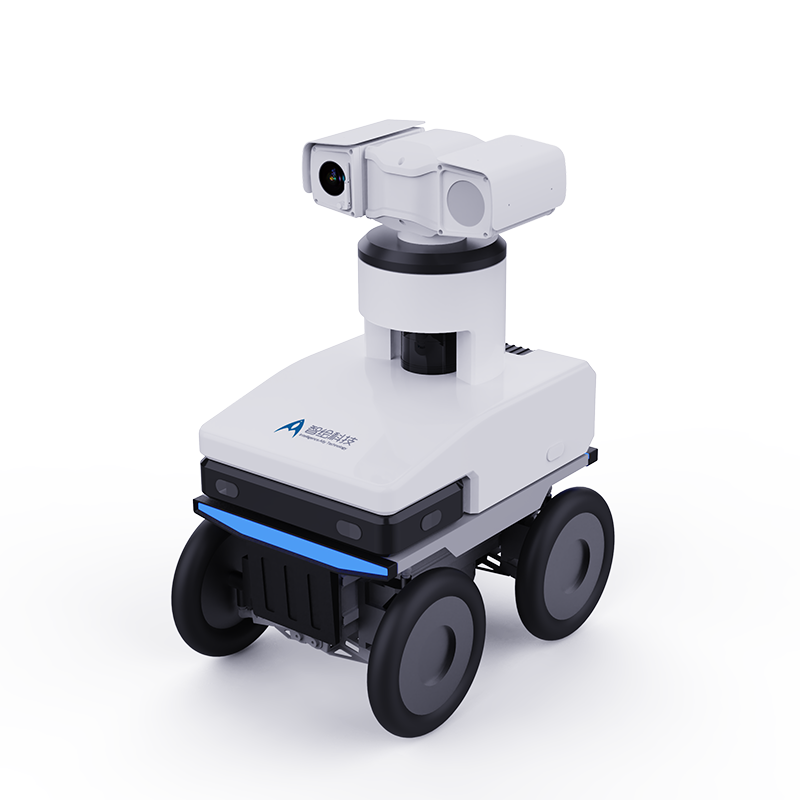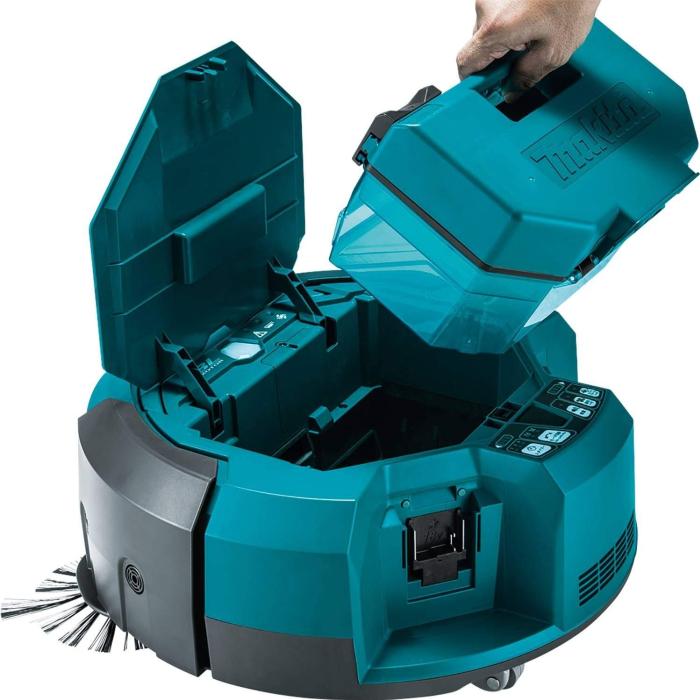In today’s fast-paced industrial environment, maintaining cleanliness is essential for efficiency and productivity. Industrial robot vacuums have emerged as a popular solution for businesses looking to automate their cleaning processes. Unlike traditional vacuums, these robotic counterparts offer advanced features and autonomy, ensuring that your workspace remains tidy without disrupting other operations. Choosing the right industrial robot vacuum can greatly impact the overall cleanliness of your facility and, consequently, its productivity. This guide walks you through the crucial factors to consider when selecting the ideal vacuums for your industrial setting.
Understanding Your Cleaning Needs
Analyze Your Environment
Before diving into the world of industrial robot vacuums, start by evaluating your specific cleaning requirements. Consider your facility’s layout, size, and type of surfaces that need to be cleaned. For instance, a warehouse with high ceilings and robust machinery may require a different solution than an office or a manufacturing floor. Identifying the main cleaning challenges—like dust, debris, or spills—will help narrow down your options effectively.
Frequency of Cleaning
Next, think about how often cleaning needs to occur. Some businesses require daily cleaning, while others may only need weekly or monthly upkeep. The frequency of cleaning will influence the type of industrial robot vacuum you choose. A more robust model may be necessary for high-traffic areas where dirt and debris accumulate quickly. On the other hand, a simpler, less expensive model may suffice for spaces less prone to heavy foot traffic or spills.

Assessing Vacuum Features
Suction Power and Capacity
The suction power of an industrial robot vacuum is one of the most critical features to consider. Higher suction power ensures that the vacuum can effectively pick up larger debris and dust particles. Evaluate the motor specifications and airflow ratings to find a vacuum that meets your cleaning standards. Additionally, the capacity for dust collection plays a significant role in determining efficiency. Units with larger dust bins can run longer without needing frequent emptying, saving time during busy work hours.
Modern industrial robot vacuums come equipped with advanced navigation systems that allow them to move autonomously through spaces. Look for vacuums that incorporate mapping technology, such as LIDAR or SLAM (Simultaneous Localization and Mapping), to navigate efficiently. These features enable the vacuum to create a map of the cleaning area and adapt to obstacles, avoiding furniture and machinery while ensuring comprehensive coverage. A model with good navigation capabilities will make your cleaning tasks easier and more efficient.
Considering Floor Types
Hard Floors vs. Carpeted Areas
Different industrial environments feature various floor types, each requiring specialized cleaning solutions. Hard floors, such as concrete, tile, or vinyl, are common in factories and warehouses. Most industrial robot vacuums handle hard surfaces competently. However, if your facility has carpeted areas, ensure the vacuum you choose has adequate brushes and suction power tailored for carpets, as they can require additional care to remove embedded dirt and hair.
Terrain Challenges
Consider the terrain within your space as well. If your industrial facility has ramps, stairs, or uneven surfaces, look for robot vacuums with features like cliff detection sensors and enhanced climbing capabilities. These elements can help ensure that your vacuum navigates safely without falling or getting stuck. Understanding different terrains in your facility allows you to select a model that can operate effectively in complex environments.

Size and Portability
Evaluating Dimensions
The size of your chosen industrial robot vacuum can impact its effectiveness in your workspace. Smaller models are typically more maneuverable, making them suitable for tight spaces. However, they may also have smaller dust bins and less suction power. On the other hand, larger models may have more robust features and capabilities but may struggle to fit in narrow aisles or around machinery. Consider the dimensions of your facility and choose a vacuum that will be able to navigate comfortably without disruption.
Weight Considerations
Along with size, the weight of the vacuum is essential to consider, especially if you plan on moving it between different areas of your facility. For larger spaces, a heavier vacuum may be more stable and effective but could present challenges in mobility. Lightweight models may be easier to transport but could compromise on features. Evaluate your needs and determine whether you want a portable design or a more robust, stationary vacuum.
Battery Life and Charging Options
Assessing Battery Duration
Battery life plays a significant role in an industrial robot vacuum’s effectiveness. Longer battery life allows the vacuum to operate longer without interruptions, thereby covering larger areas. Check the manufacturer’s specifications regarding battery capacity and runtime before making a decision. A vacuum that can operate for several hours on a single charge will reduce downtime and improve cleaning efficiency.
Charging Options
Besides runtime, consider how the vacuum charges. Some models offer automatic charging stations, allowing the vacuum to return to charge when needed. This feature can be especially beneficial in large facilities where consistent access to power outlets might be limited. Assess whether you prefer a model that integrates seamlessly into your operations with minimal intervention or one that requires manual monitoring for charging needs.
Maintenance and Support
Understanding Maintenance Needs
While robot vacuums provide a convenient solution, they still require some level of maintenance to perform optimally. Check the maintenance requirements for the model you are considering. Regular tasks may include emptying dust bins, cleaning filters, and replacing brushes. Some models come with self-cleaning features, reducing the amount of time needed for maintenance. Understanding the upkeep necessary for each unit helps in determining which vacuum will fit seamlessly into your cleaning workflows.
Warranty and Customer Support
Don’t overlook the importance of warranty and customer support. An extended warranty and solid customer service can provide peace of mind, especially when purchasing an expensive vacuum. Look for manufacturers that offer comprehensive support guarantees, including troubleshooting guidance and repair services. Customer reviews can shed light on the quality of support a company provides, helping you make a well-informed choice.

Budget Considerations
Setting a Realistic Budget
Establishing a budget is essential when considering your options for an industrial robot vacuum. Prices can range widely depending on features, brand, and complexity. Determine how much you’re willing to invest while factoring in long-term operational costs, including maintenance and potential additional accessories. A higher upfront cost may result in greater efficiency and savings over time, so carefully assess your budget against the vacuum’s expected performance.
Value for Money
Finally, evaluate the value for money that each vacuum offers. Compare features, efficiencies, and capabilities against the price tag to make an informed decision. Remember that the most expensive model isn’t always the best fit, nor is the cheapest. Look for a balance that meets your cleaning needs while staying within your budget constraints, ensuring you get the best possible return on your investment.
Making an Informed Decision
Choosing the right industrial robot vacuum for your business is a significant decision that can boost productivity and maintain a clean work environment. By considering your specific cleaning requirements, assessing critical features, and evaluating your budget, you’ll be better equipped to make a well-informed choice. Take your time to research and compare different models, and don’t hesitate to ask for expert advice when needed.
With the right industrial robot vacuum, you can achieve a cleaner, more efficient workspace—with automated technology doing much of the heavy lifting for you. Investing in quality and performance will pay dividends in cleanliness and productivity, allowing your business to focus on what truly matters. Enjoy a cleaner, more organized facility that helps you meet your operational goals!